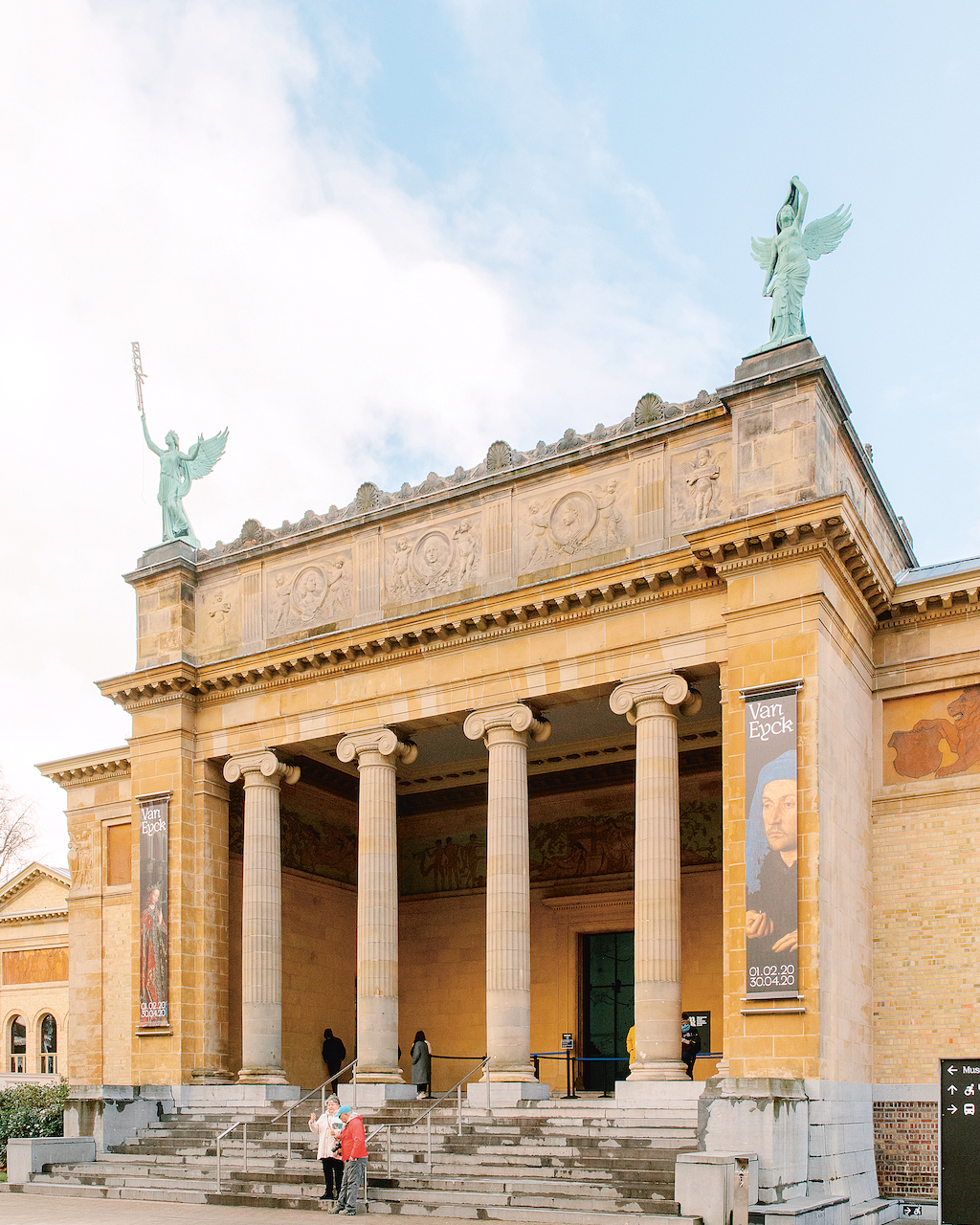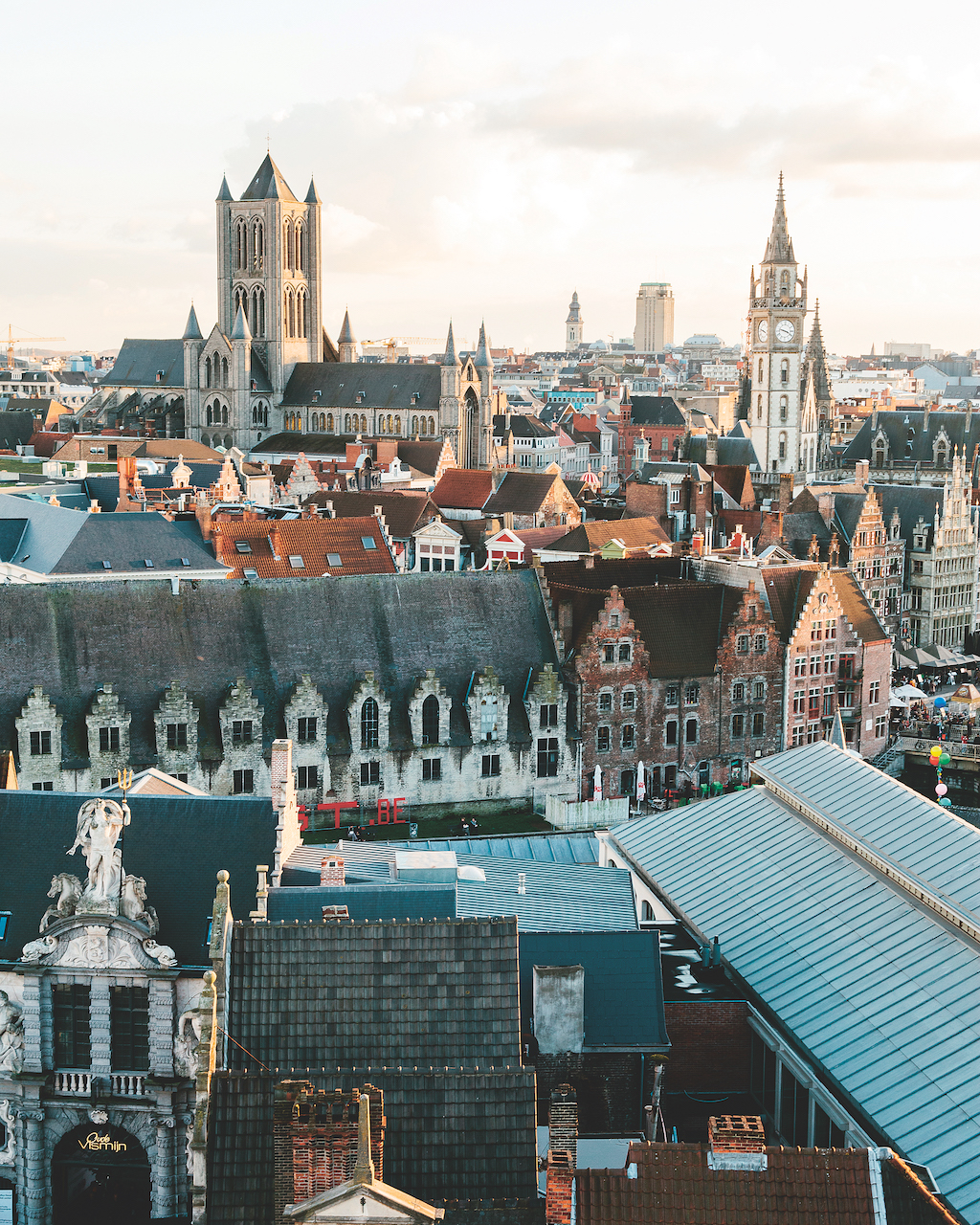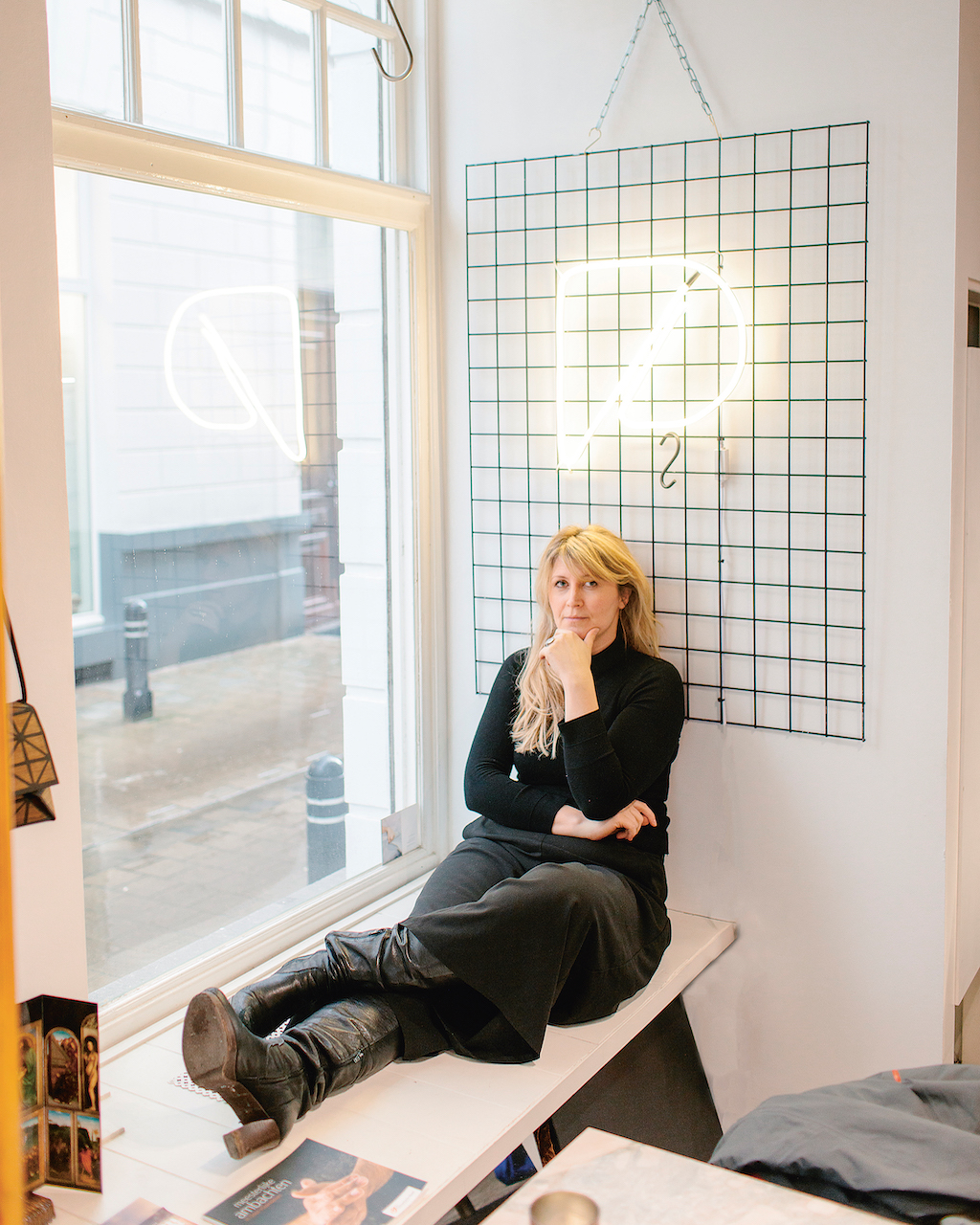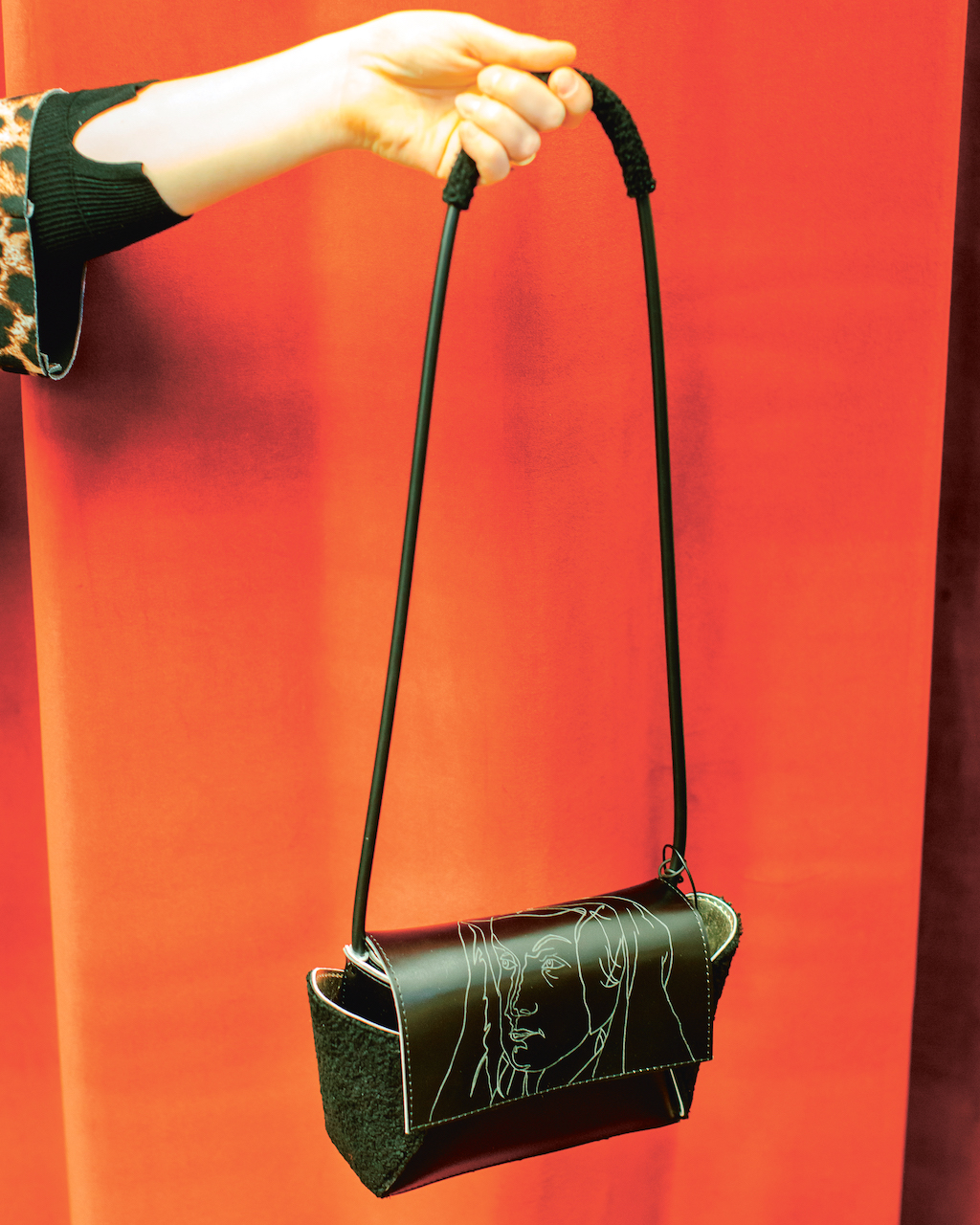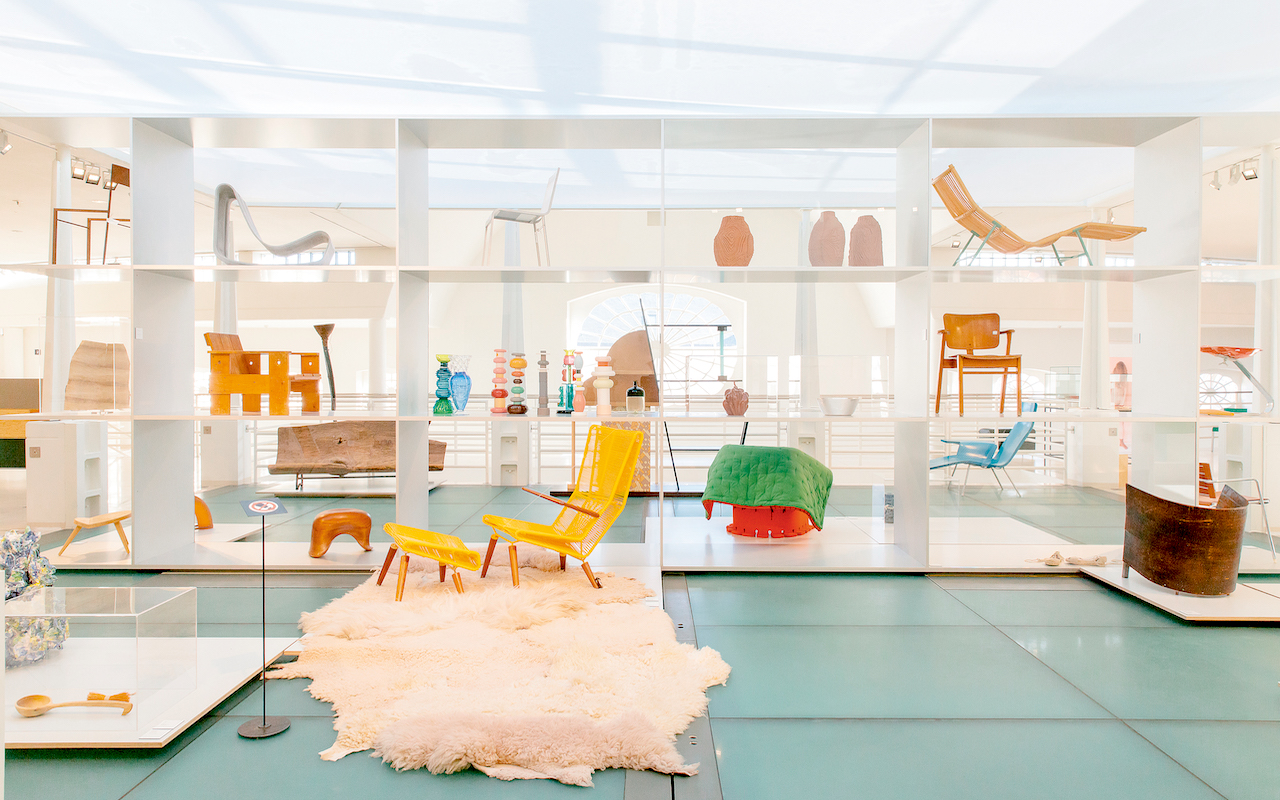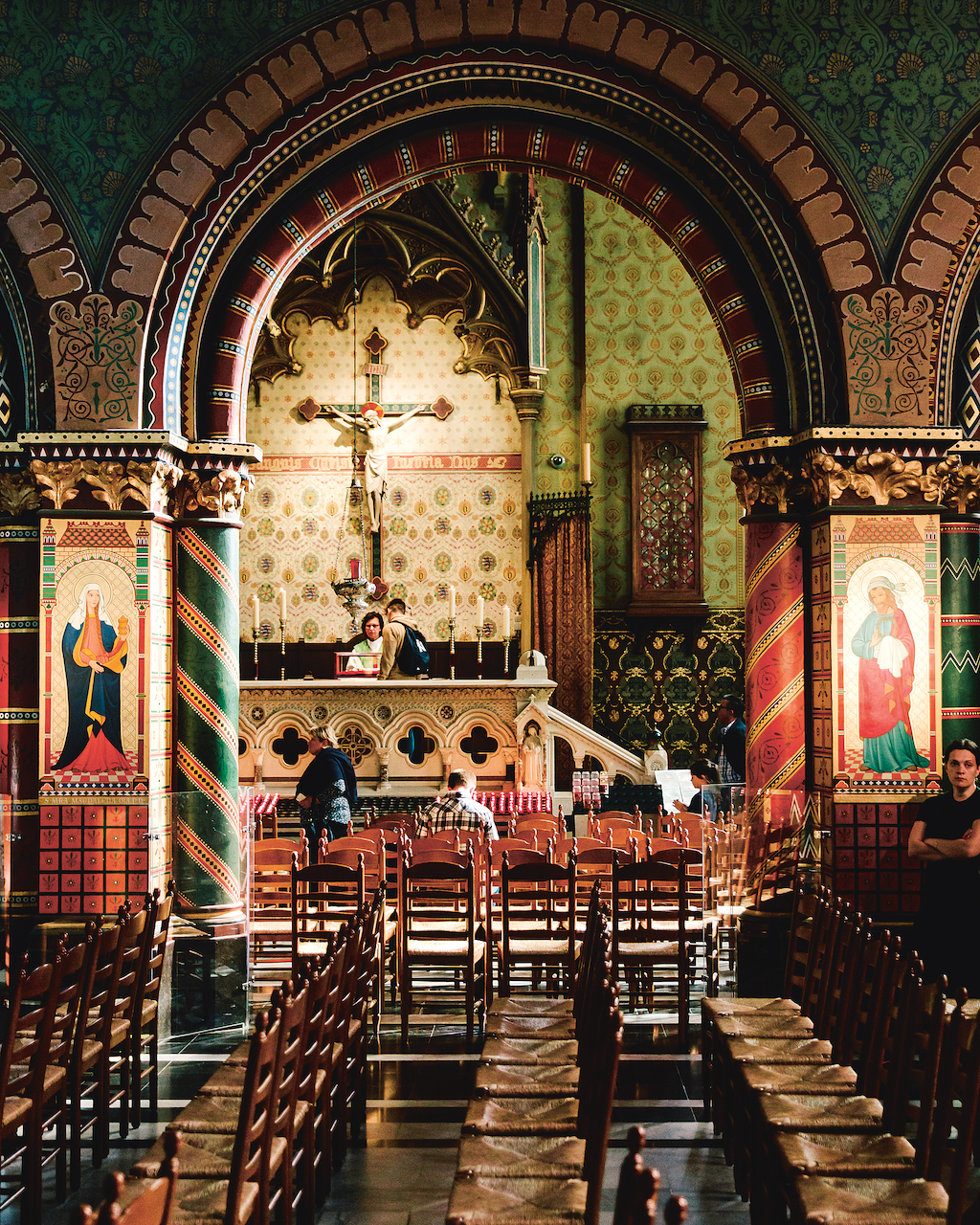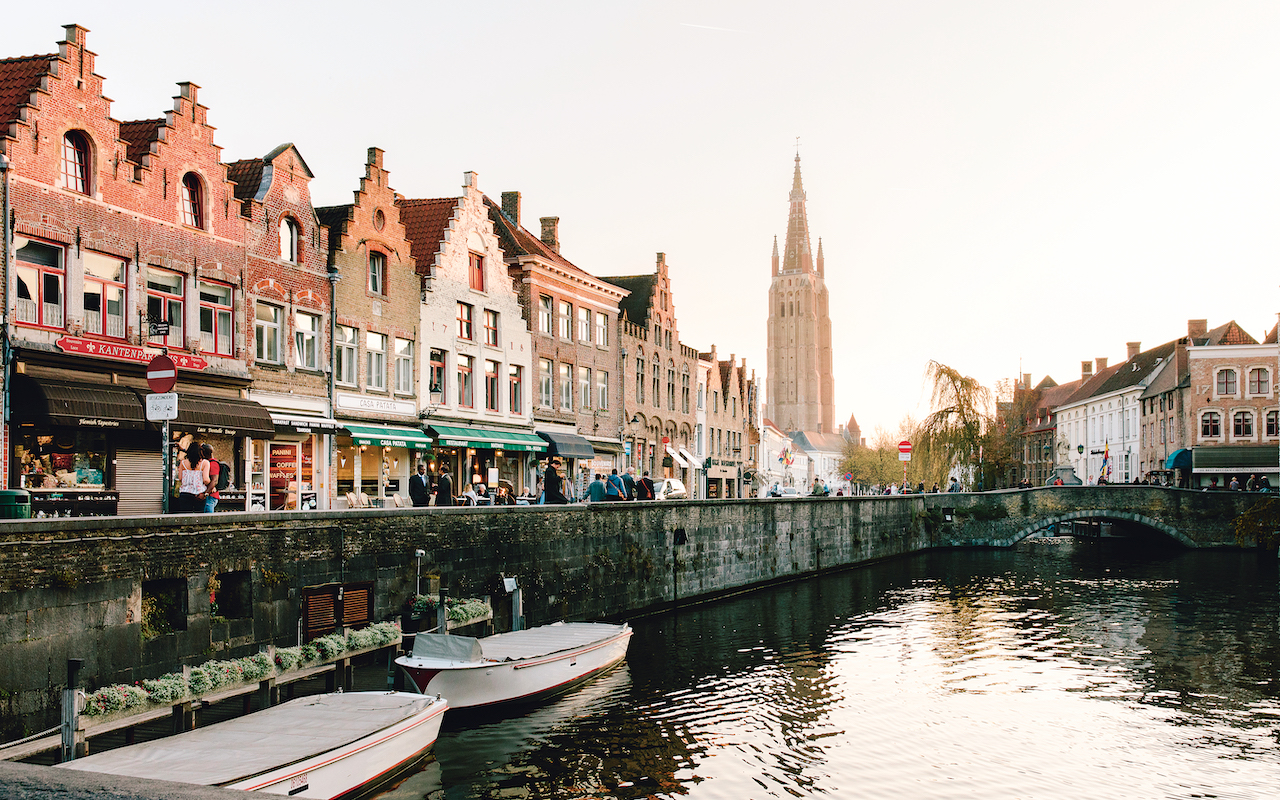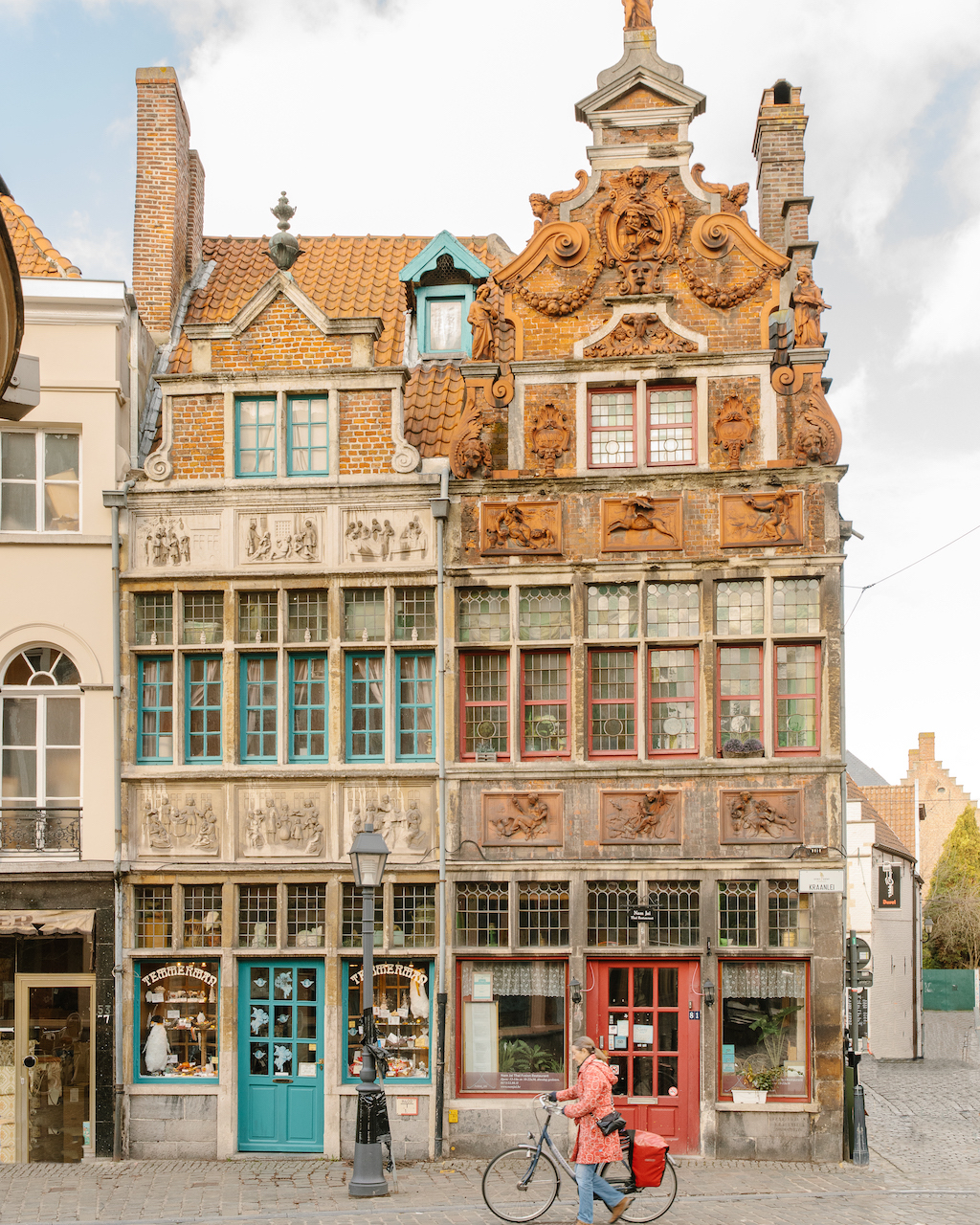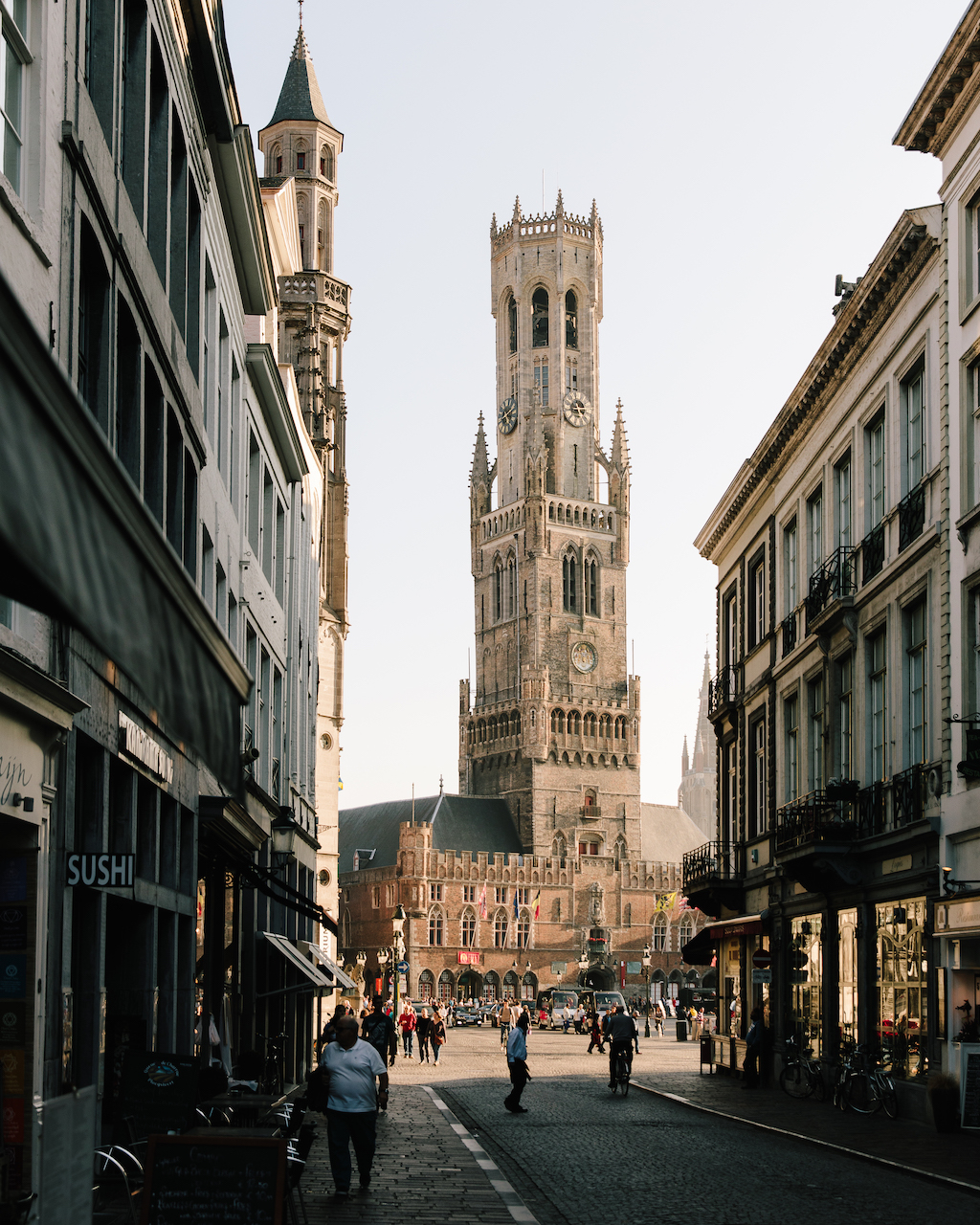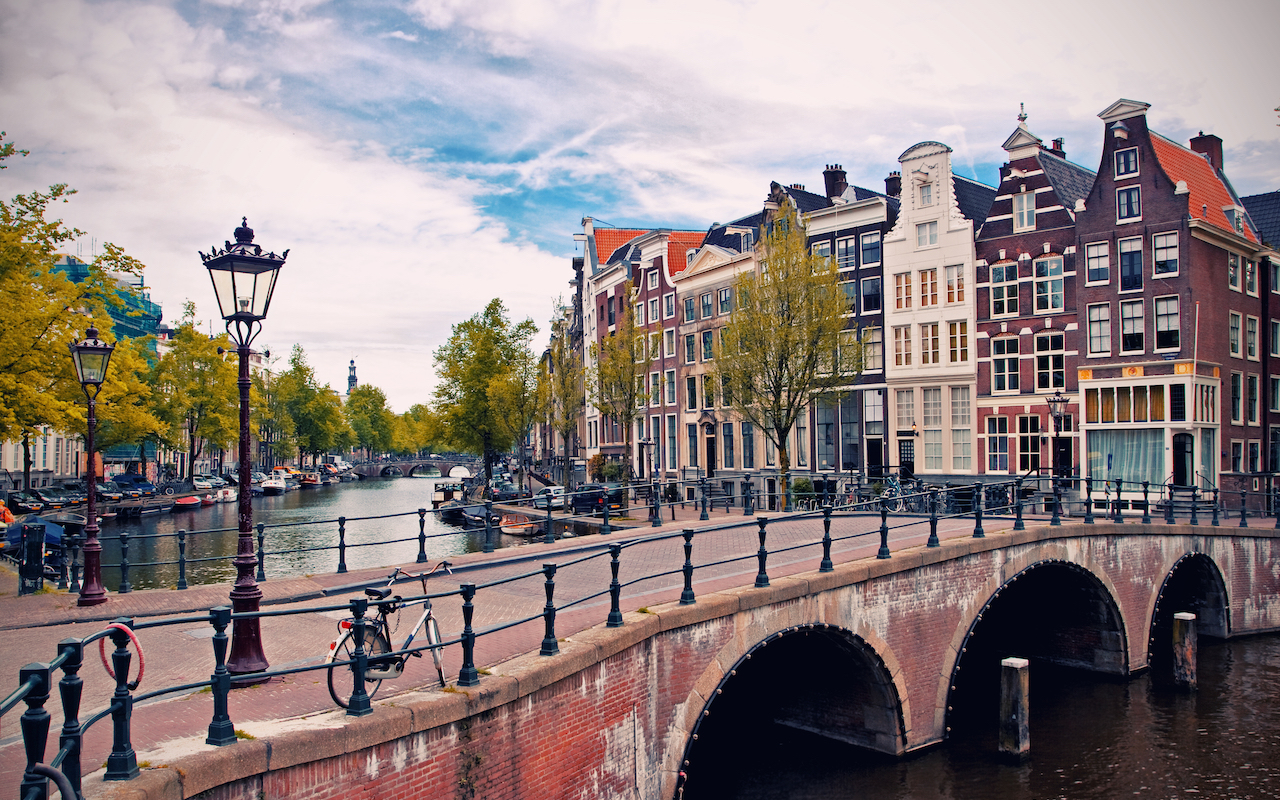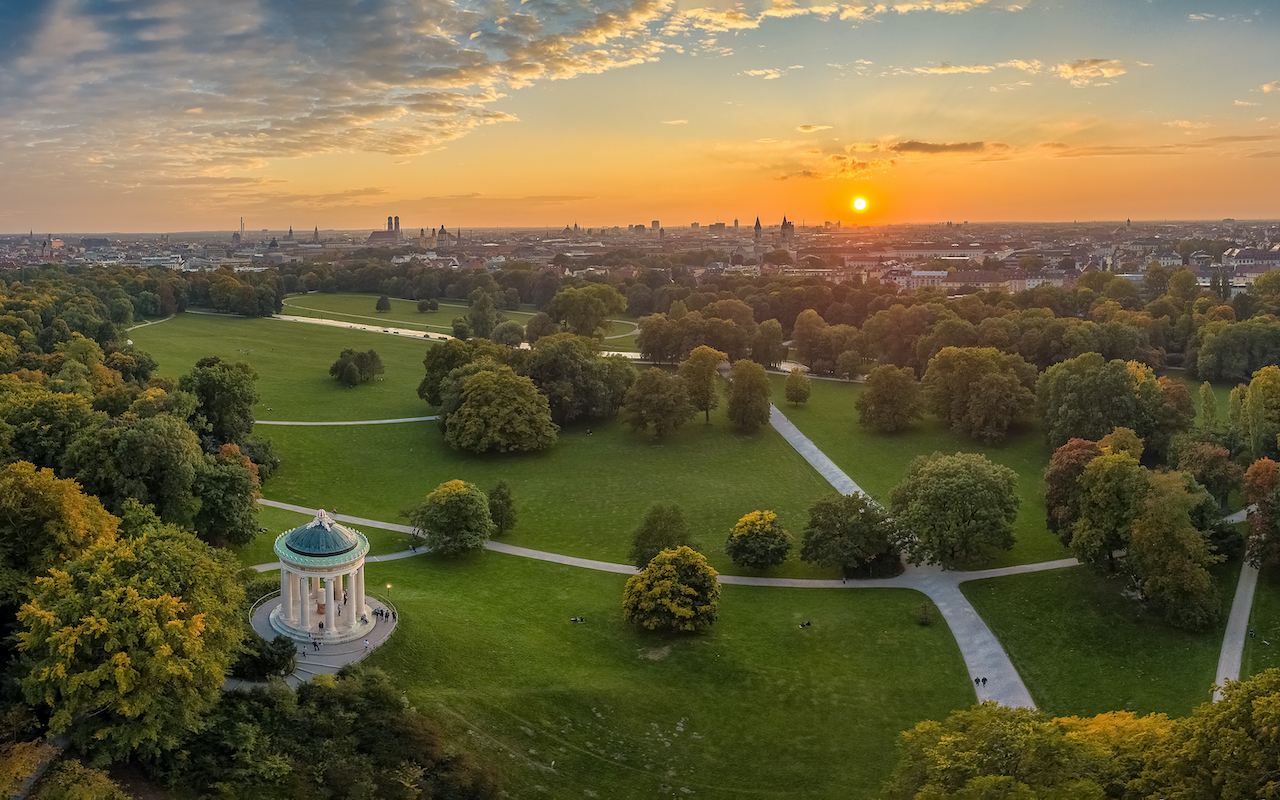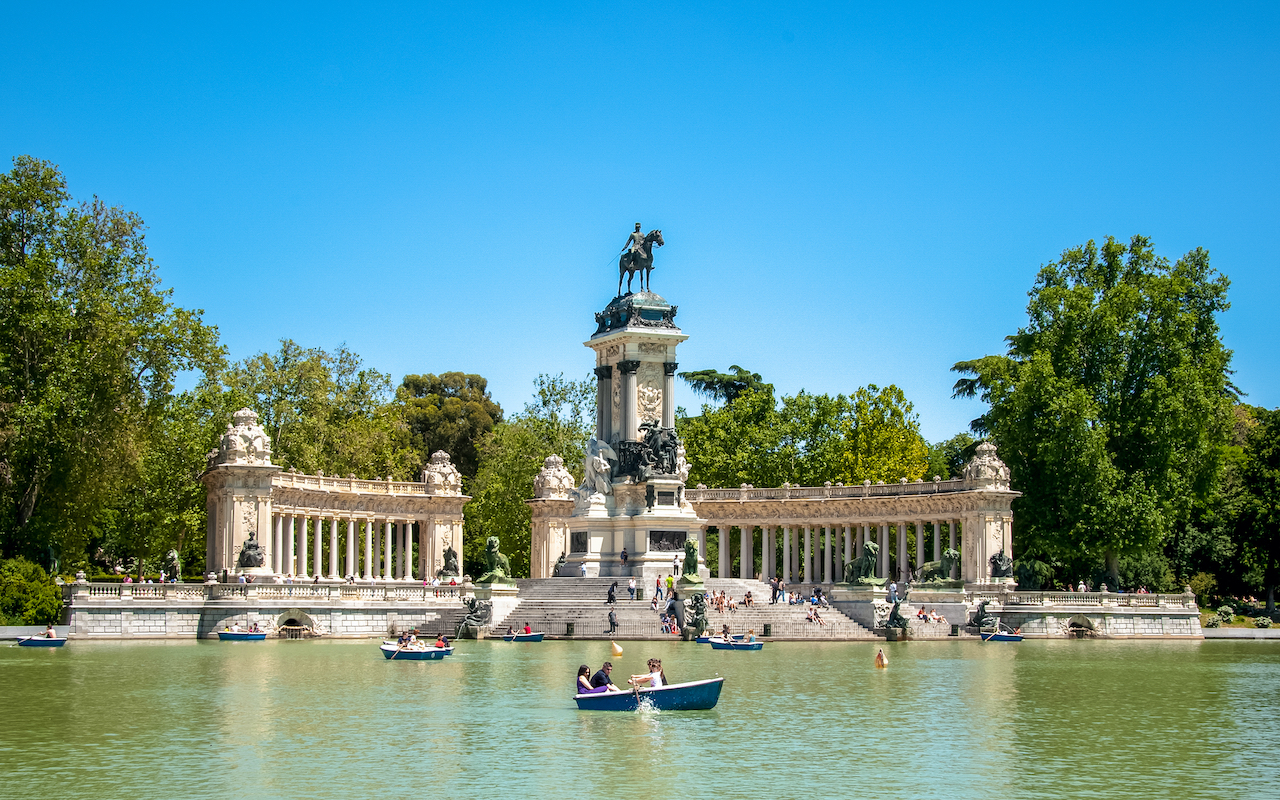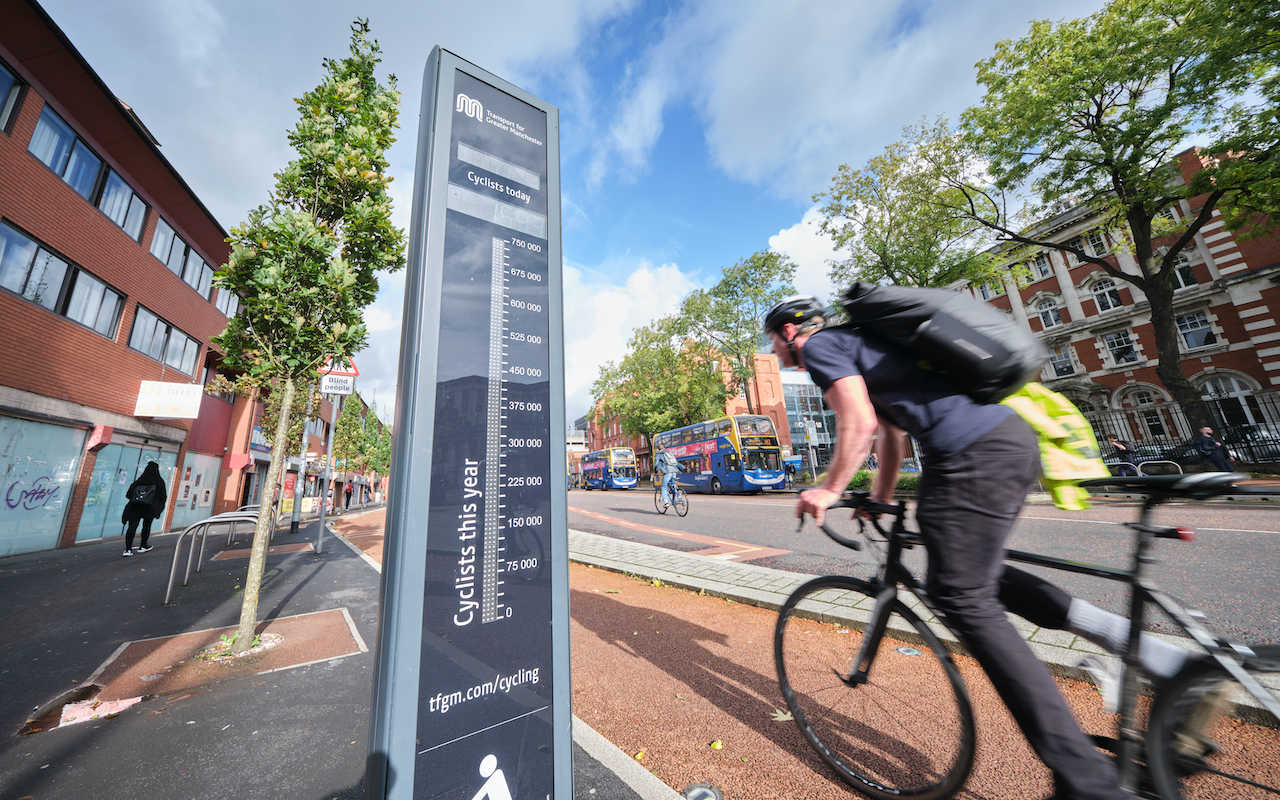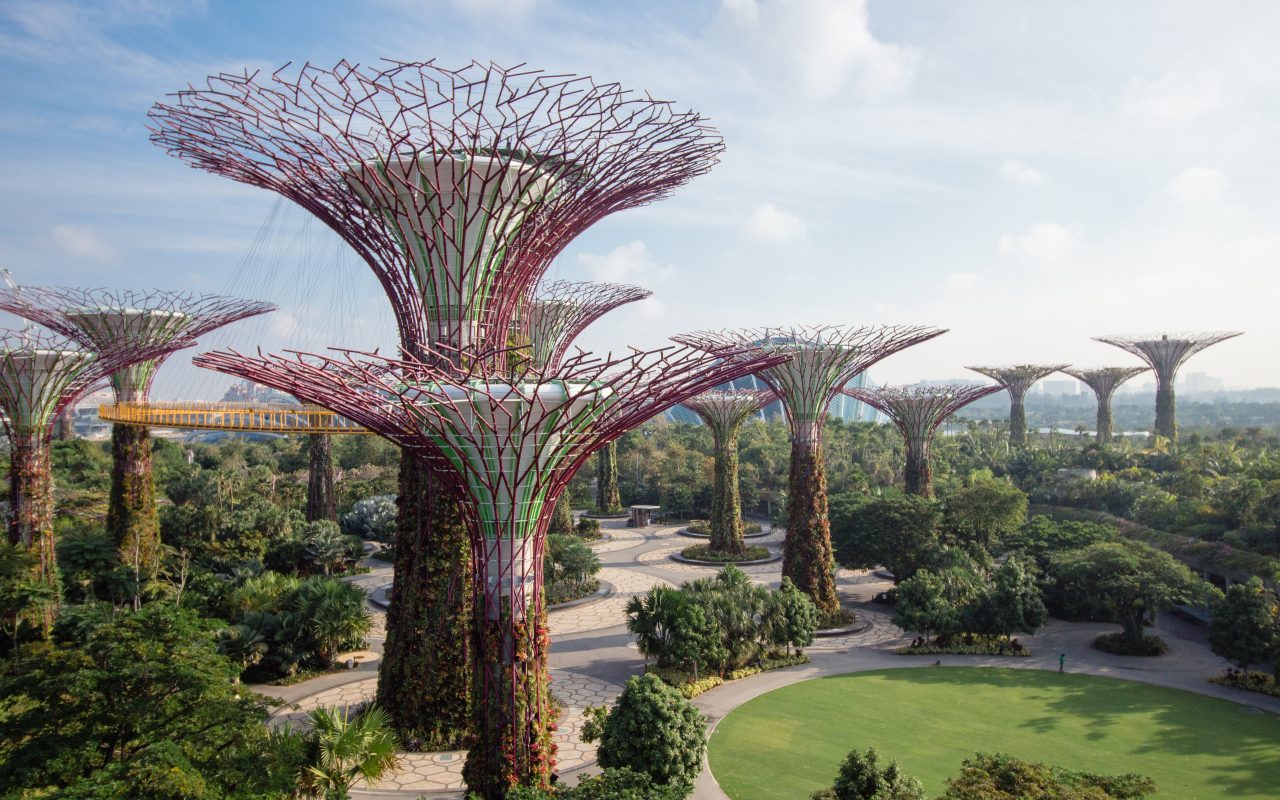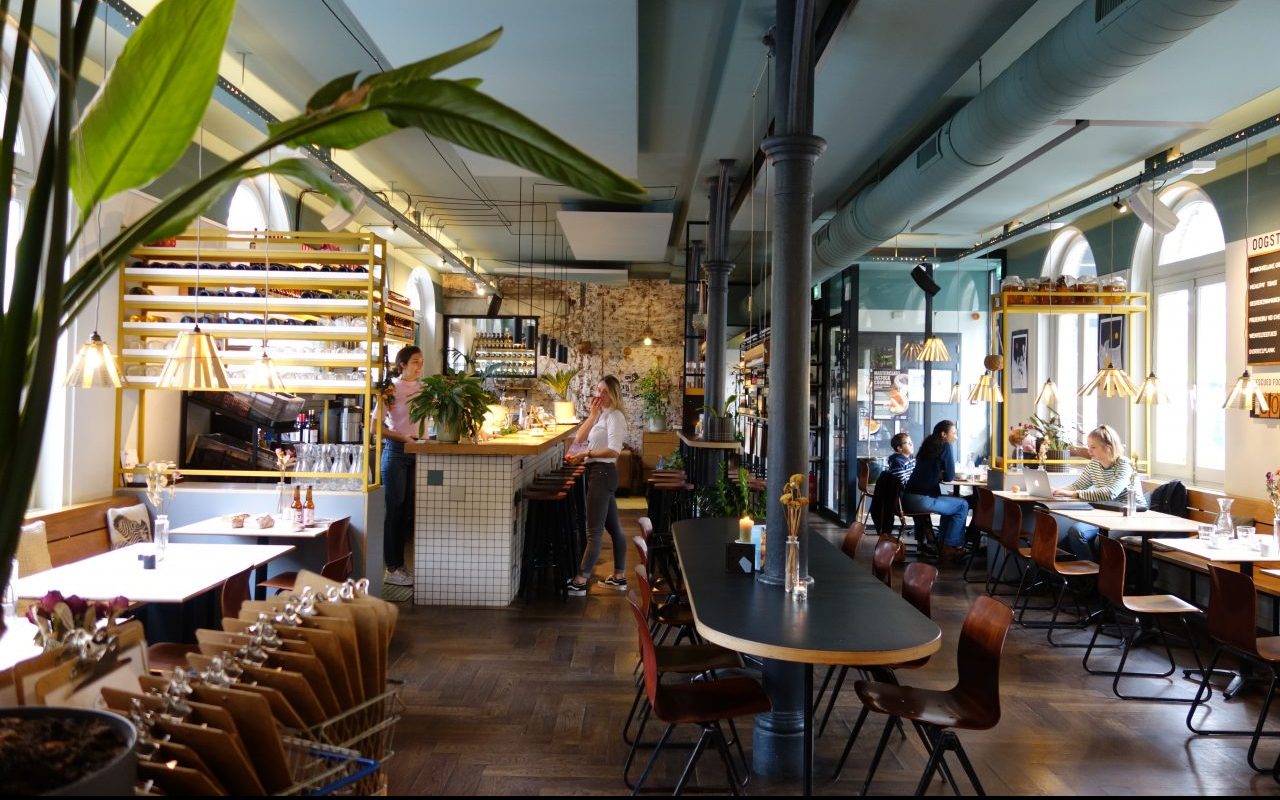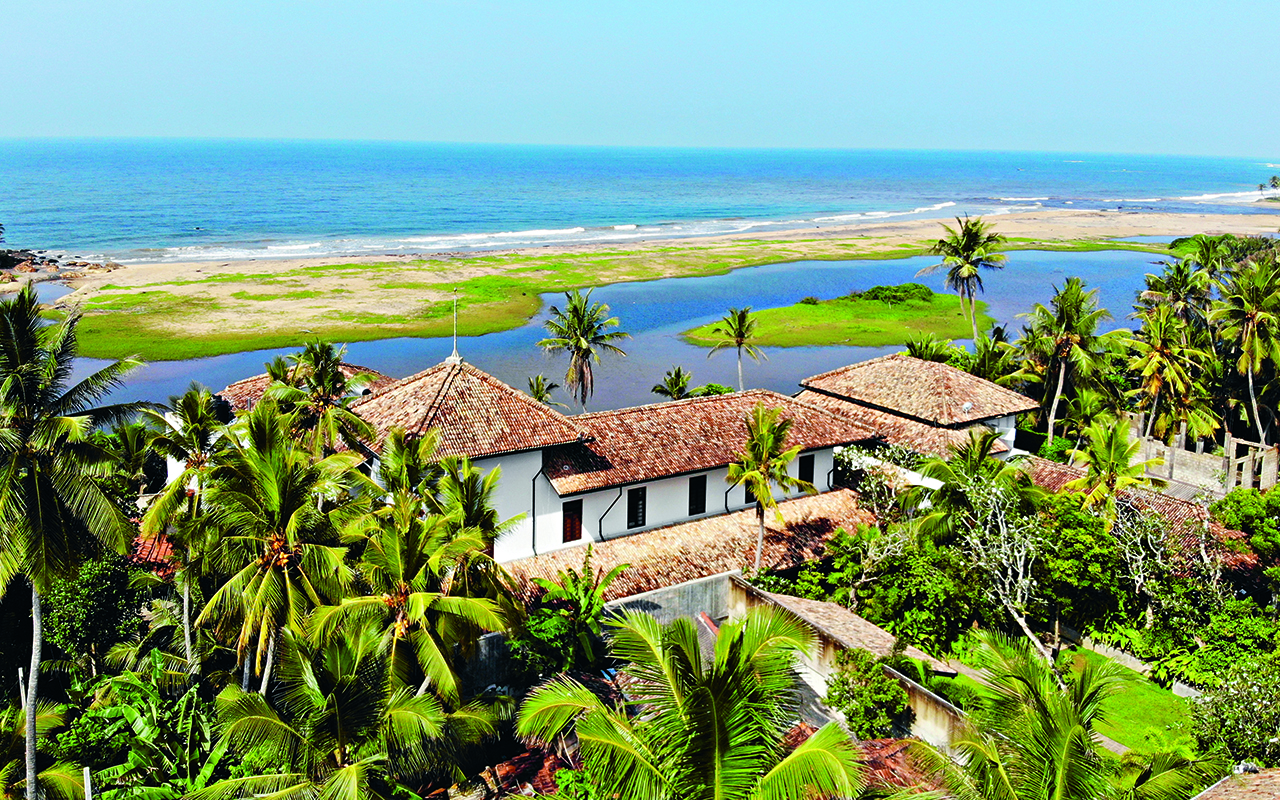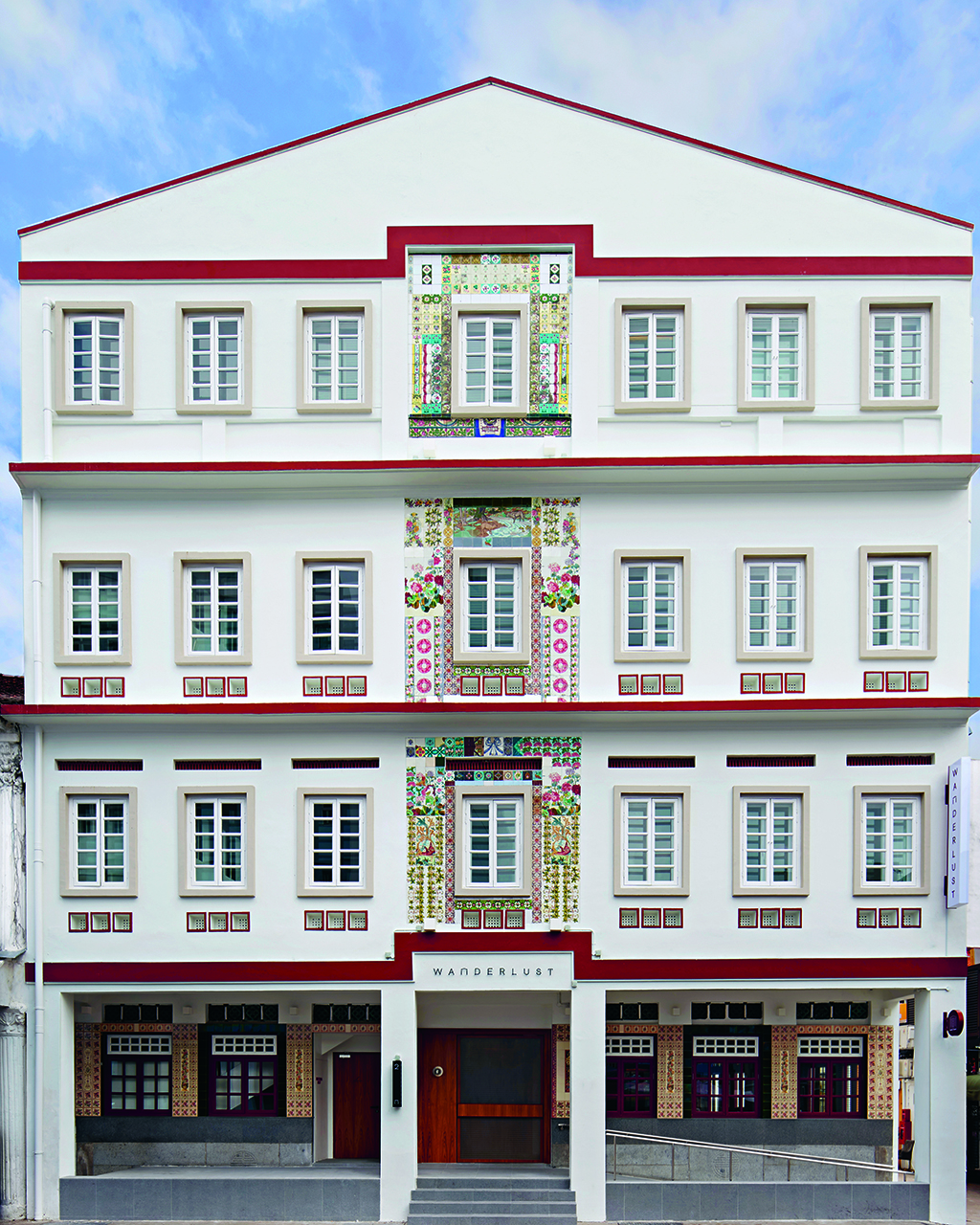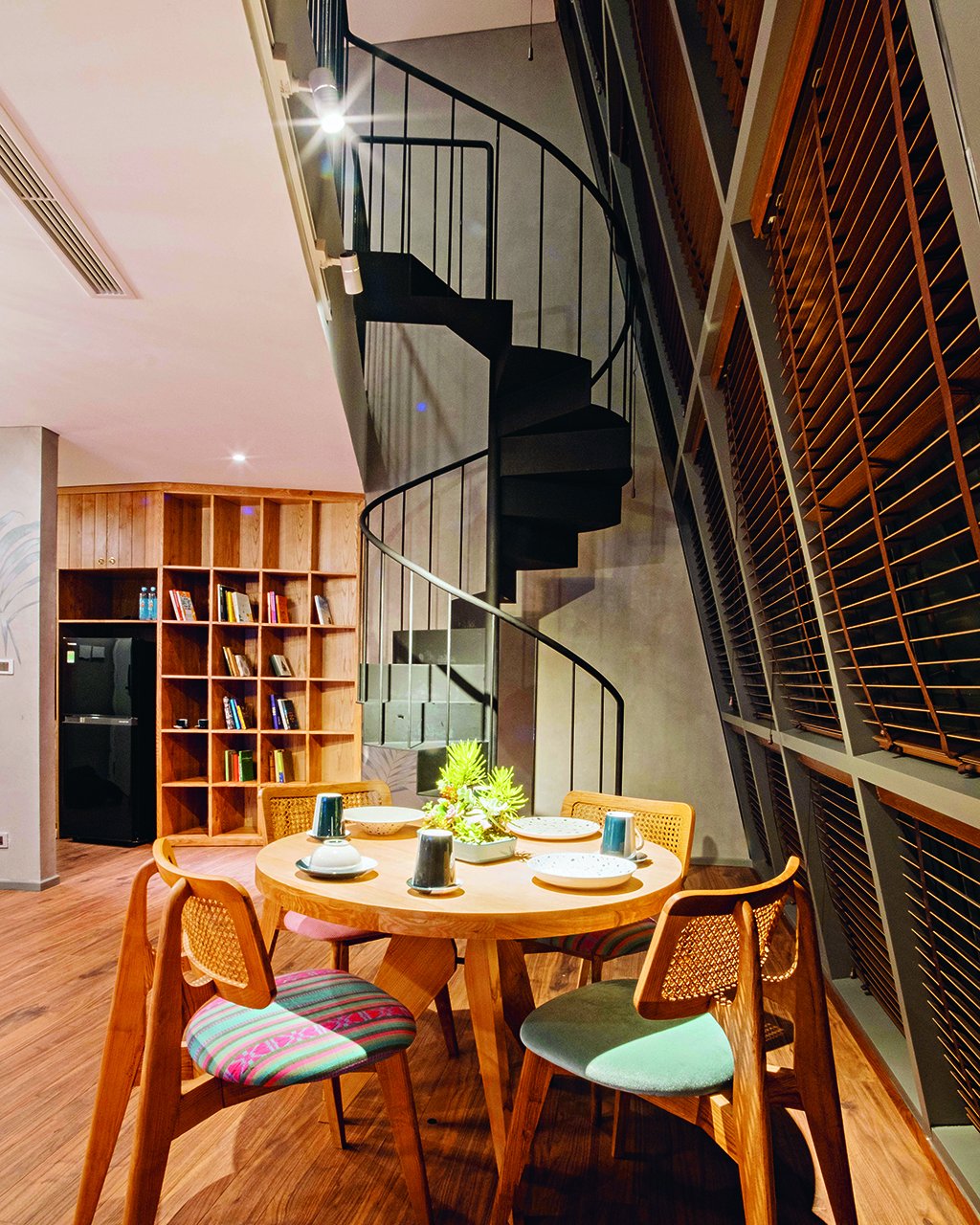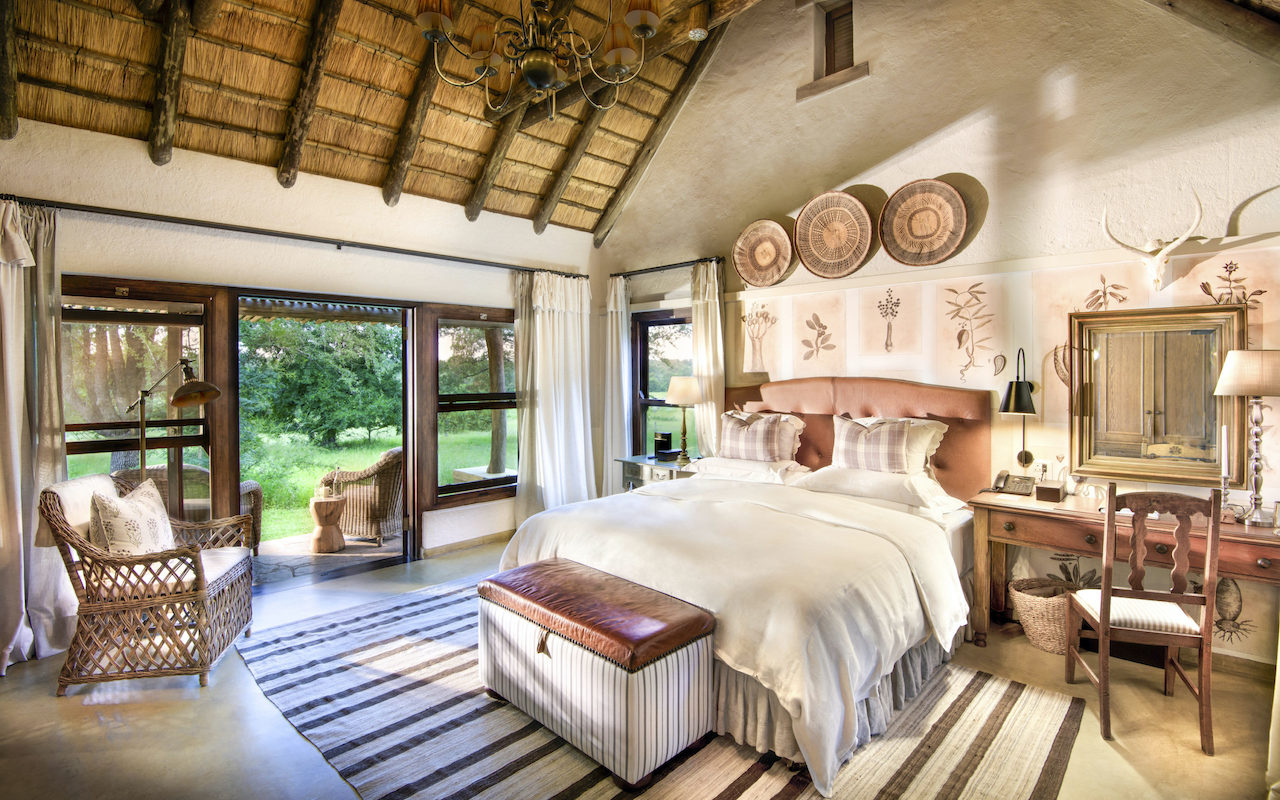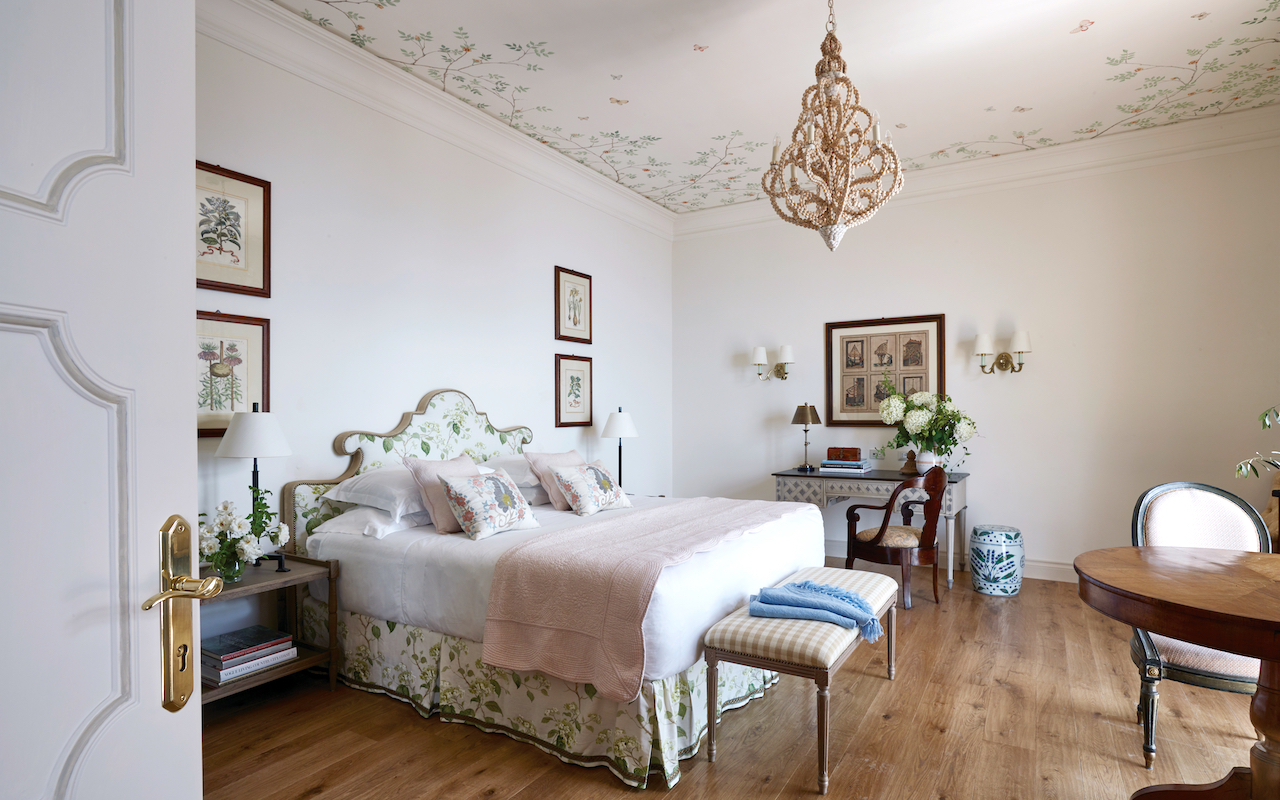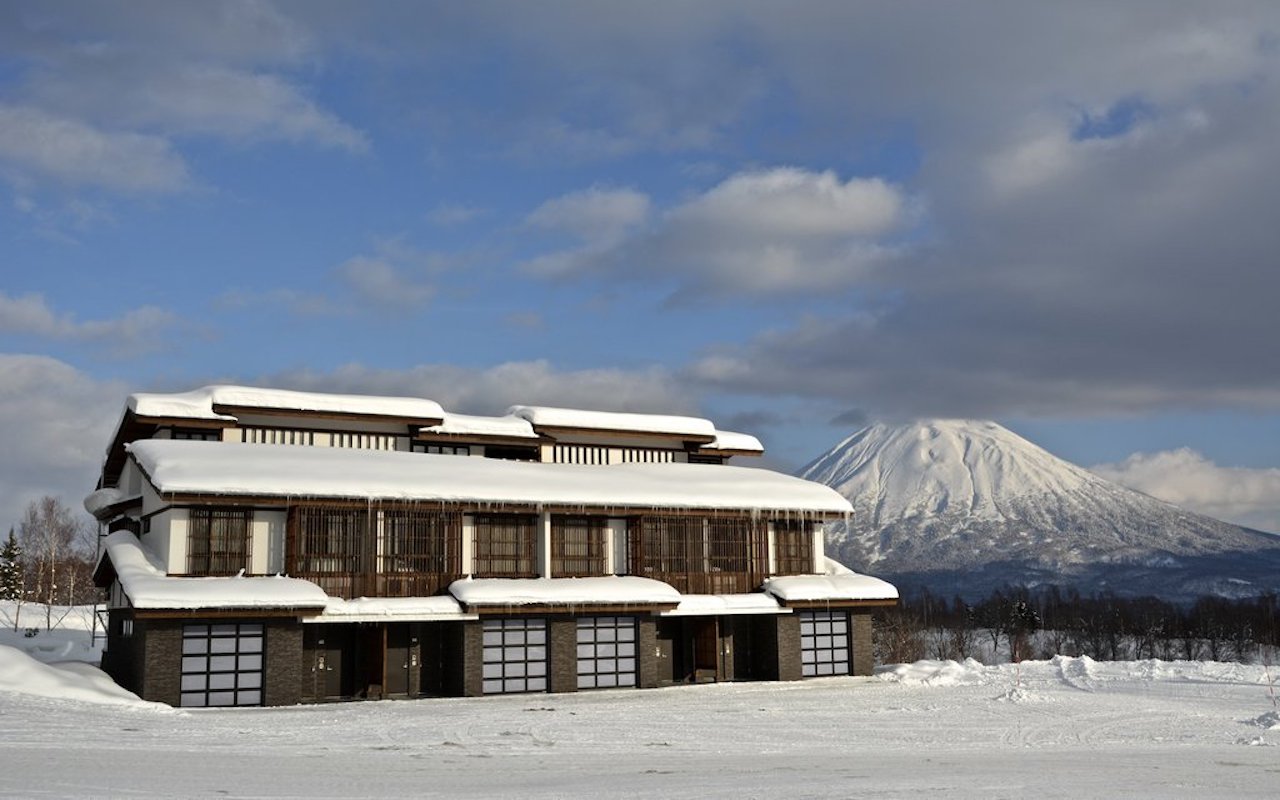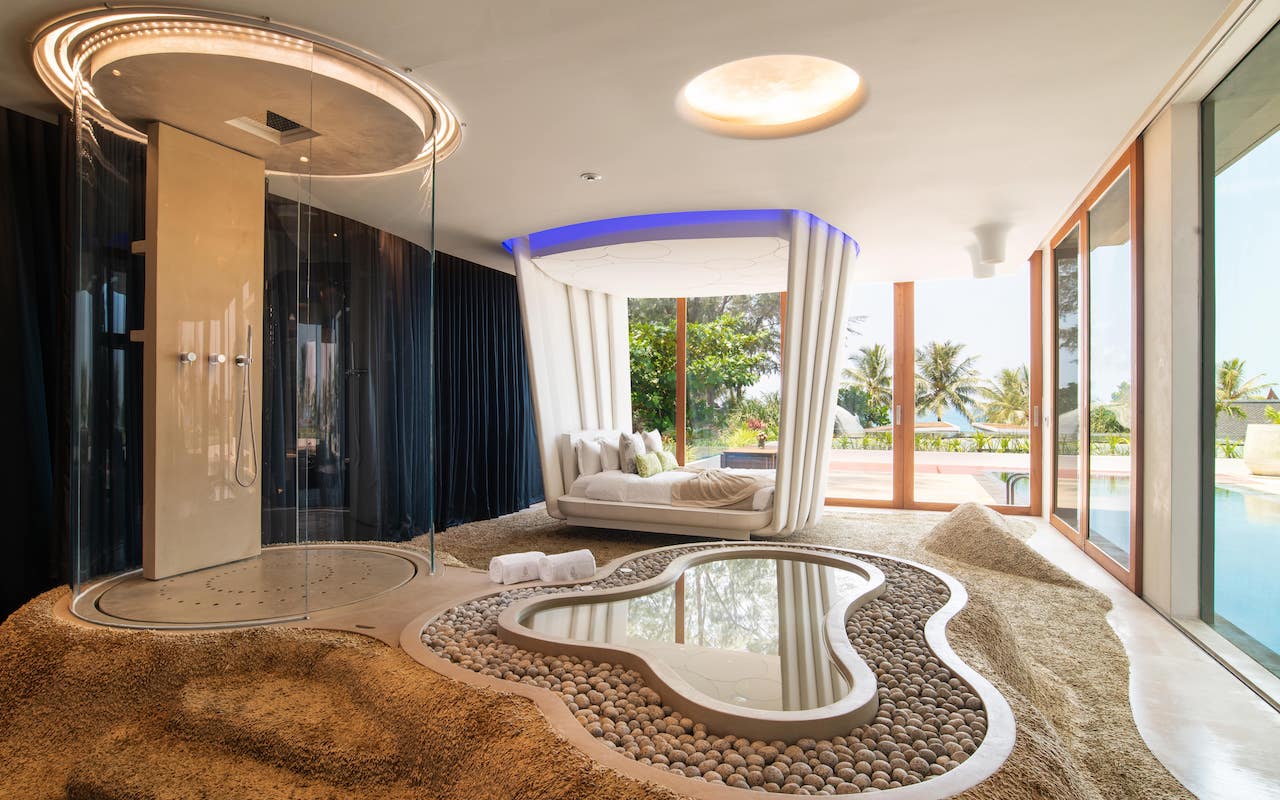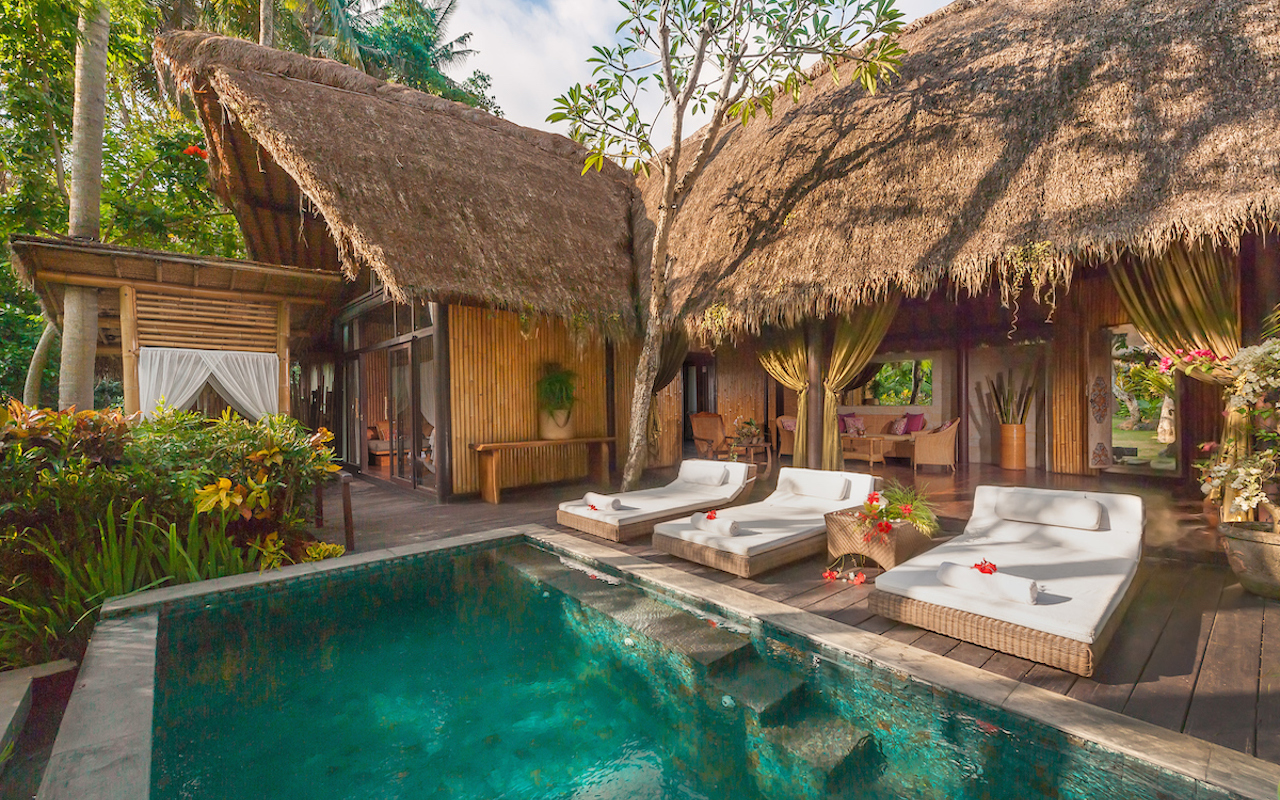Sprawled across a rooftop in a quiet residential neighbourhood, overlooking a city’s bustling business district, positioned at the top of a parking structure: none of these locations exactly come to mind when one mentions the word “farming” – a term that is far more likely to conjure up scenes of rolling hills, verdant pastoral landscapes and wide-open spaces.
But as cities have had to grapple with the pressing issues of food insecurity and sustainability – especially in light of Covid-19, during which global supply chains have been heavily disrupted – they’ve increasingly sought to feed their communities in a more local manner. And in densely packed cities where space comes at a premium, the solution is clear: urban rooftop farms.
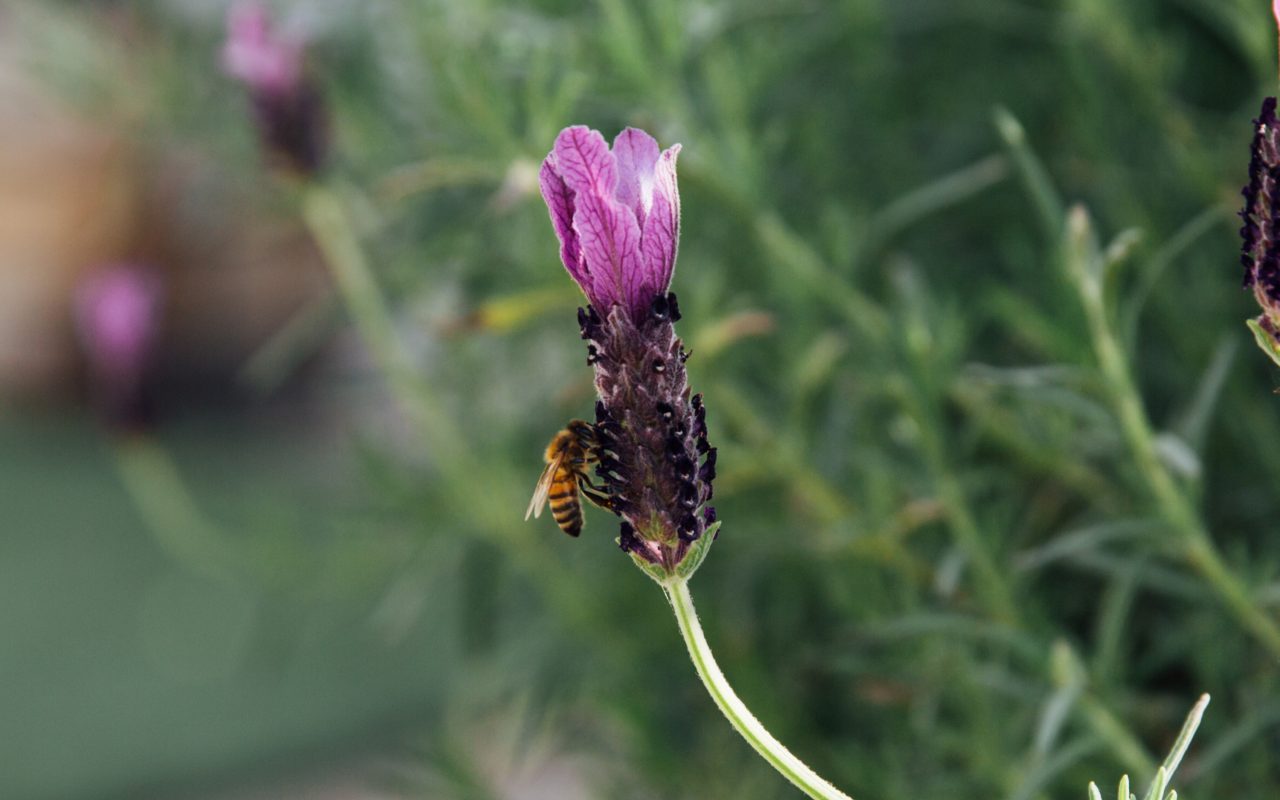
Indeed, earlier this year, Singapore announced plans to convert the roofs of nine multi-storey parking structures in public housing areas into spaces for commercially farmed vegetables and other crops. The city-state currently only produces around 10% of its food requirements locally, and the farms are part of its drive to push that figure up to 30% by the year 2030.
Singapore’s not alone. We round-up five existing and upcoming urban rooftop farms around the world cultivating everything from honey to cucumbers from their lofty skyline perches.
1. Brooklyn Grange, New York
With three rooftop farms spread across both Brooklyn and Queens, Brooklyn Grange is arguably New York’s most successful rooftop urban farming story. Since the humble opening of their first farm in Queens a decade ago, the operation has grown to encompass 2.2 hectares across the three farms and currently produces over 36,000kg of organic vegetables each year – everything from mustard greens to heirloom tomatoes – which it supplies to restaurants, community supported agriculture (CSA) members and directly to the community via farm stands. They’re also passionate about educating the next generation of urban farmers, and have run many field trips, summer camp sessions and after–school programmes for the city’s youth through non-profit partner City Growers. Brooklyn Grange also participates in rooftop beekeeping, and operates almost 20 hives for their farming business throughout the Big Apple.
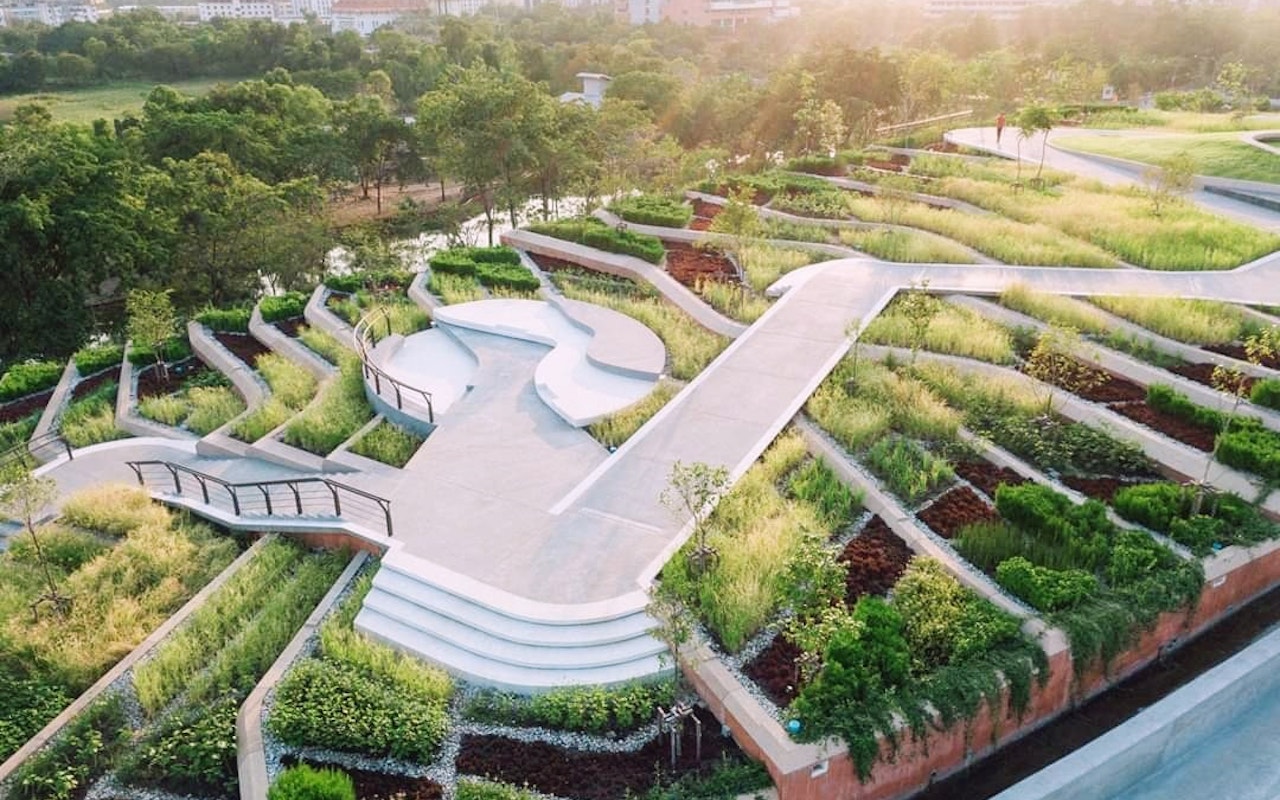
2. Thammasat University Green Roof, Thailand
A university may not be the first place you’d envision for an urban rooftop, but in some ways, it makes perfect sense. Conceived by Thammasat University, (located just outside of Bangkok) as a template for future smart and sustainable developments, a formerly disused rooftop has been transformed into a 7,000m² space for organic farming, the largest in Asia. Inspired by the rice paddies that used to fill the surrounding region in the past, the farming plots are designed in a tiered and terraced configuration, minimising surface runoff and allowing for the efficient use and storage of rainwater to hydrate the plants. The project yields indigenous plant species and a special variety of rice, which is distributed to the local community. Solar panels are also placed around the development, harnessing enough power to pump water throughout the farm and generate the electricity supply of the building.

3. Rooftop Honey, Melbourne
While many urban rooftop farms focus on growing edible plants such as leafy greens and hardy vegetables, Rooftop Honey – which has over 130 hives scattered throughout various locations in Greater Melbourne – specialises in bees. The urban beekeeping operation, founded in 2010, serves two purposes: producing creamy and delicious honey for the city’s residents while also allowing the bees to pollinate flowers in the surrounding areas. According to owners Vanessa Kwiatkowski and Mat Lumalasi, the bees generally fly about 5km away from their hives, thus playing a key role in ensuring the health and continuity of the flowering ecosystem. Australia is uniquely positioned for beekeeping: it remains the last inhabited continent that hasn’t been infested by the Varroa mite – a deadly parasite that targets honey bees and is extremely difficult to eradicate. Interested in taking a tour of the hives and learning more about urban beekeeping? Rooftop Honey organises mentorship sessions during the spring and autumn months.
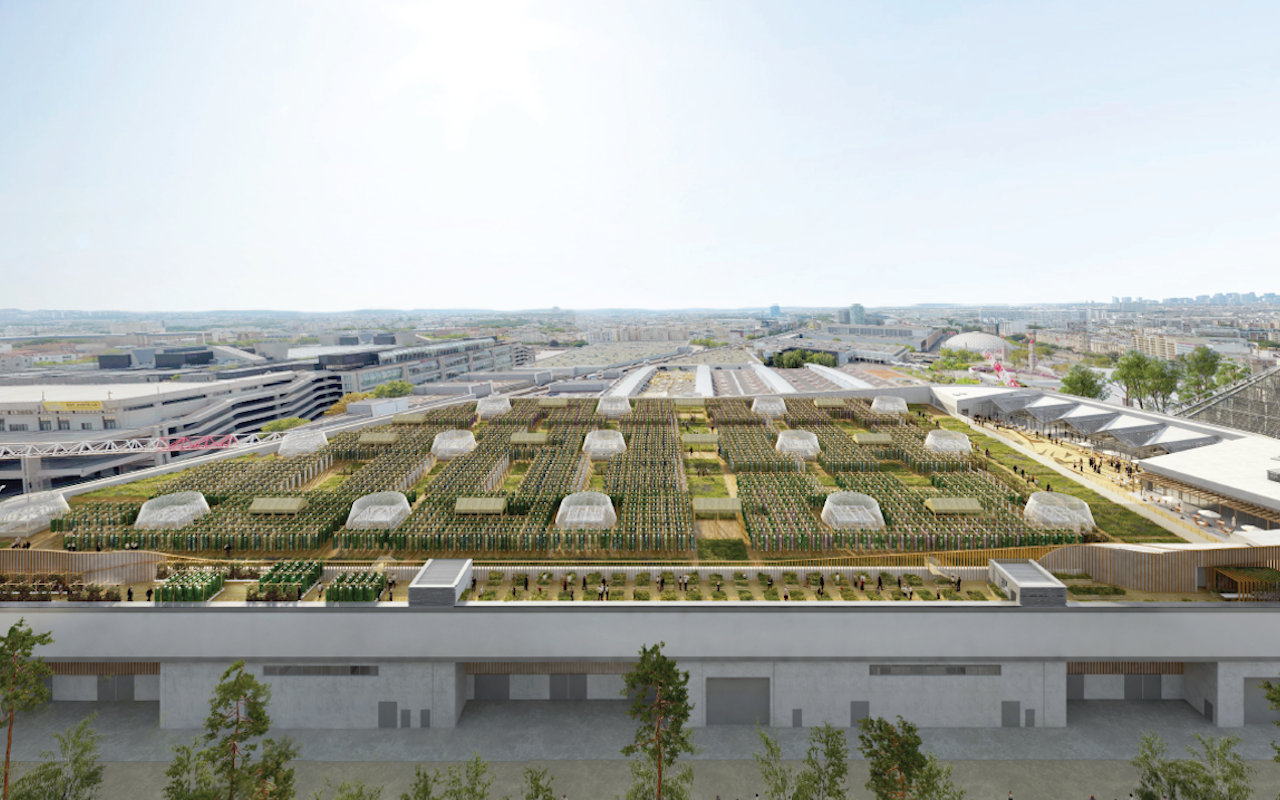
4. Agripolis, Paris
While the Covid-19 pandemic has pushed back its opening date early this year, this upcoming development in the City of Lights is sure to be a show-stopper when it finally materialises in July 2020. Billed as the world’s largest rooftop farm, the massive 14,000m² site will be situated at the top of the Paris Expo Porte de Versailles exhibition centre in the 15th arrondissement, and will be able to generate over 900kg of fresh produce each day for the surrounding community. Roughly 20 gardeners will oversee 140 plots of land and 30 different plant species, and the organic produce will be grown using aeroponic techniques, with the farm’s water supply coming from rainwater and biological nutrients used as fertiliser. Once the farm opens, visitors will be able to take advantage of various activities, such as touring the grounds, attending workshops and participating in community events.
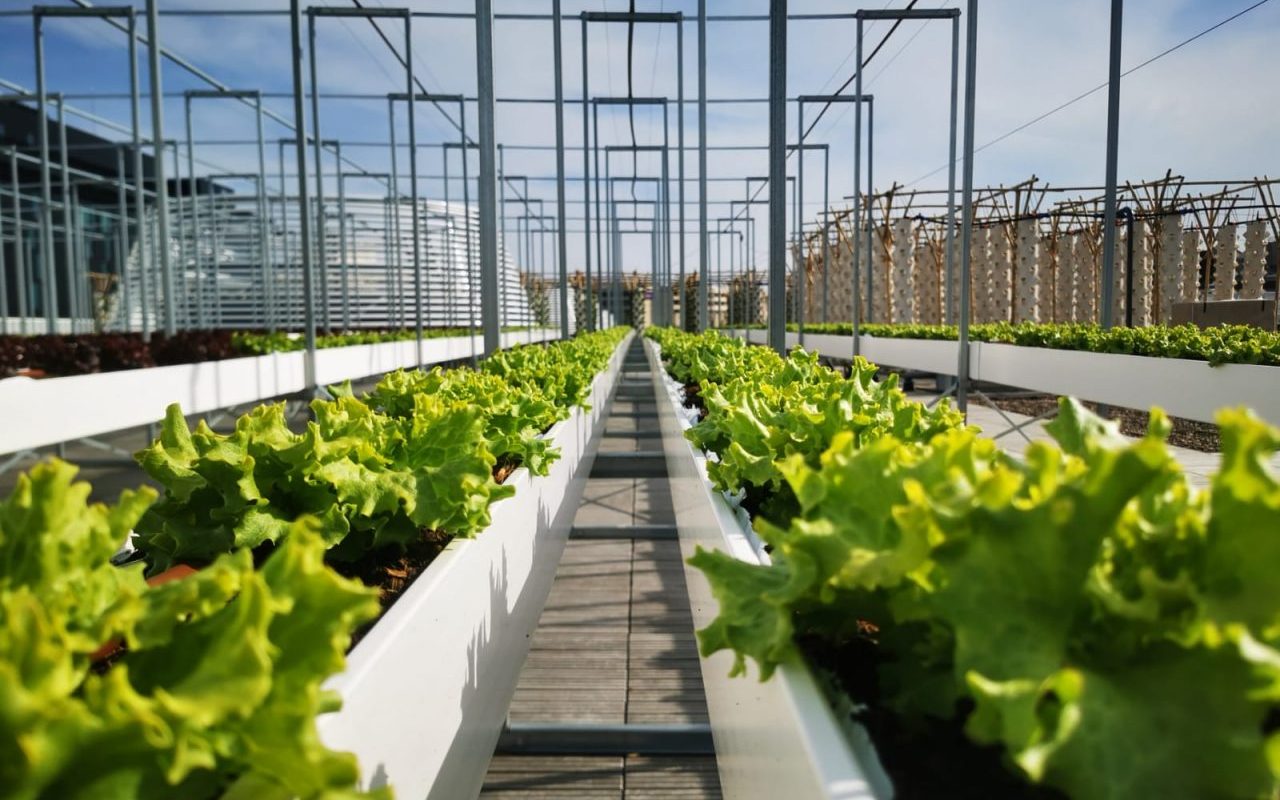
5. ComCrop, Singapore
The urban rooftop farming movement may be all the rage in Singapore at the moment, but that wasn’t the case when ComCrop first opened in 2014. Widely considered to be pioneers in their field, they remain the nation’s first and only commercial rooftop farming company. ComCrop’s mission is to cultivate sustainable farming solutions in order to address Singapore’s food security issues, feed the community and give consumers a better understanding of where their food comes from. ComCrop uses hydroponic technology to grow its pesticide-free greens, which are predominantly of the leafy variety and include basil, lettuce and chye sim. At present, the company operates out of a site in Woodlands that’s in the process of being expanded into a 4,000m² facility – which will in turn allow them to quadruple their yield from the current 1,000 plants per day. Eventually, ComCrop hopes to operate satellite urban rooftop farms in residential areas across the city-state.
SEE ALSO: Five restaurants that grow their own food in urban spaces
The post Five of the world’s coolest urban rooftop farms appeared first on SilverKris.
from SilverKris


